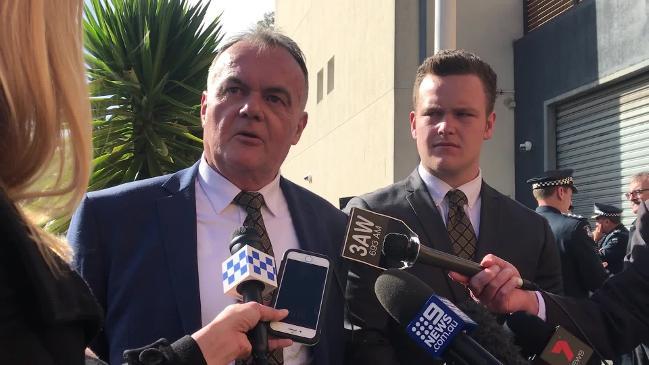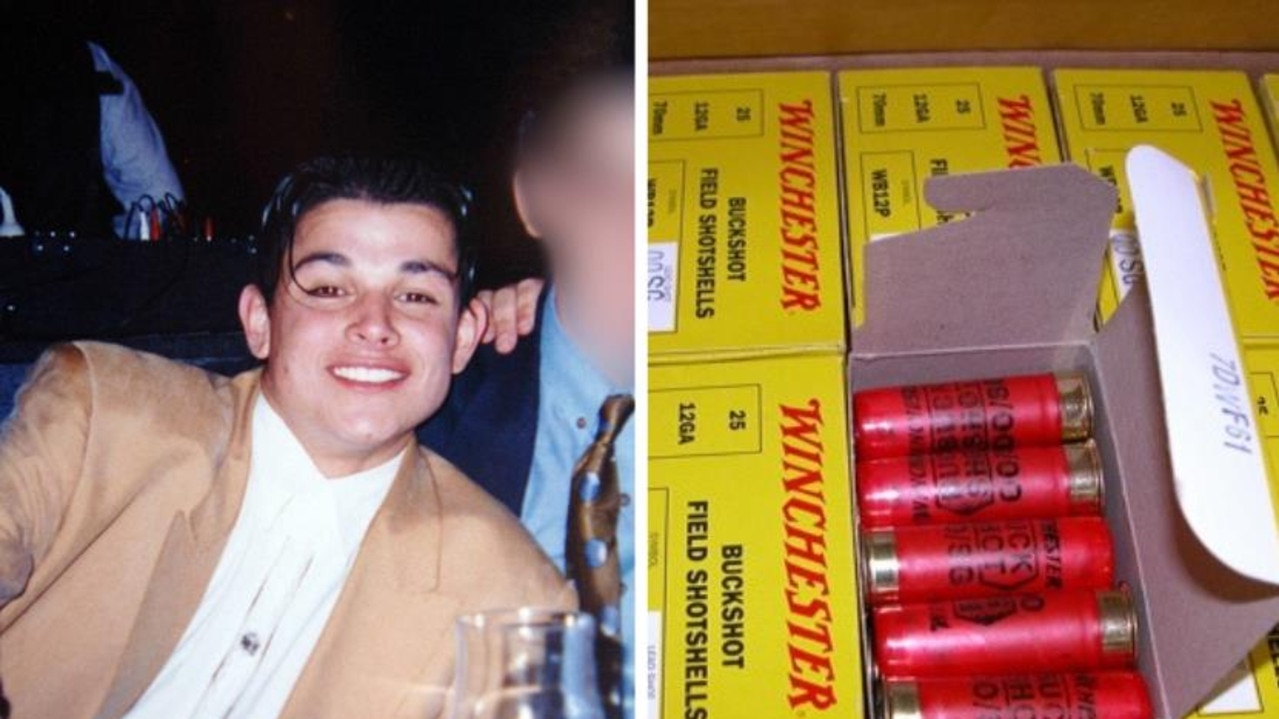One shooter or two? Fatal question behind Silk-Miller murders
JASON Roberts knows exactly who murdered police officers Gary Silk and Rodney Miller. He always has. But with his plea of innocence headed back to the Supreme Court, the case ultimately comes down to one question.
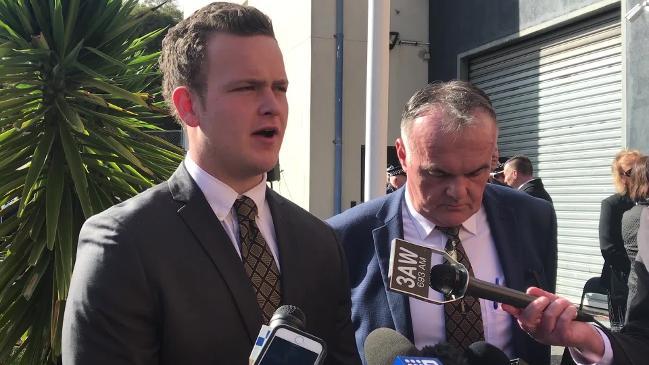
Behind the Scenes
Don't miss out on the headlines from Behind the Scenes. Followed categories will be added to My News.
THERE is one thing for certain, Jason Roberts knows exactly who murdered police officers Gary Silk and Rodney Miller. He always has.
The question is, does he know because he was one of the gunmen who shot at the officers just after midnight on August 16, 1998, during an ambush in Cochranes Rd, Moorabbin?
Or does he know because he was told about it by Bandali Debs, his short-term criminal partner and the father of his then girlfriend, Nicole?
For there is no doubt the older, psychopathic Debs was pulled over and then fired upon the unsuspecting policemen that morning, killing them in cold blood.
Earlier this month, Attorney-General Martin Pakula sent the Roberts case back to court, just weeks before the 20th anniversary of the shootings.
A panel of three (Trial Division) Supreme Court judges will decide the credibility of Roberts’s alibi.
Ultimately it comes down to one question. Was there one or two gunmen? There are arguments for both.
APPEAL OVER SILK-MILLER MURDER CONVICTION
BANDALI DEBS CLAIMS HE WAS LONE GUNMAN
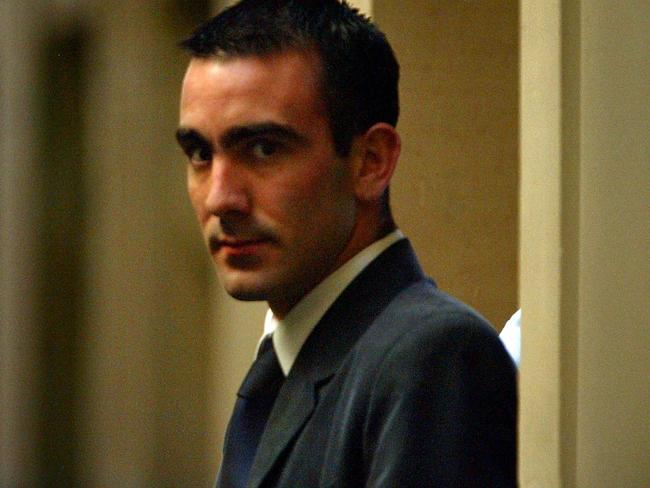
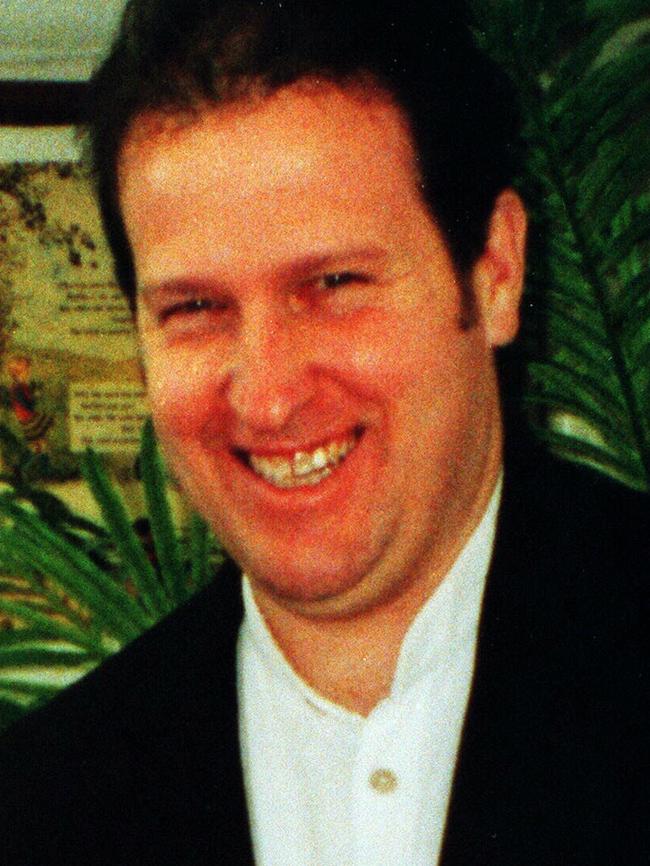
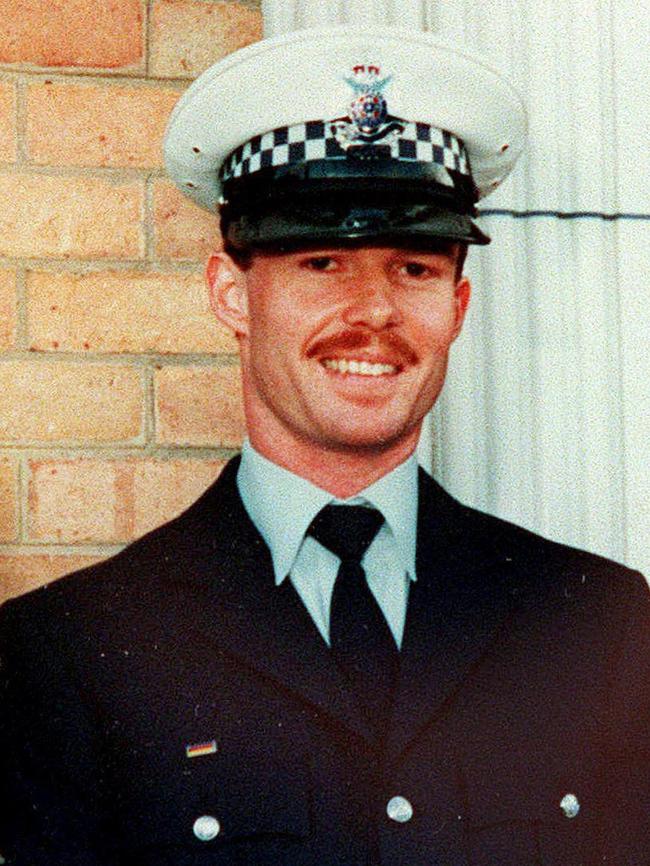
THE FACTS
ON August 15 through to the morning of the 16th in 1998, police were staking out restaurants across Melbourne’s east and southeast in a bid to catch two armed bandits.
Officers Silk and Miller were part of the operation dubbed Hamada. The bandits — one older and one younger — had terrorised staff and patrons as they stormed “soft” targets, including restaurants.
Debs and Roberts committed 10 armed robberies in a five-month period between March and July 1998.
When a blue Hyundai pulled into the car park of Chinese restaurant Silky Emperor, where Silk and Miller and another crew were positioned, the officers followed as it drove out.
There was no radio call-out about the occupants — as was protocol. Within minutes of Silk and Miller pulling them over there was gunfire as a helpless second police crew watched from a distance.
They had only seen one man — the driver — talking with their colleagues in Cochranes Rd before a volley of shots rang out.
At the time of the murders, Roberts was a 17-year-old protege to Debs. By age 22, he was convicted with his father-figure over the murders and sentenced to life in prison.
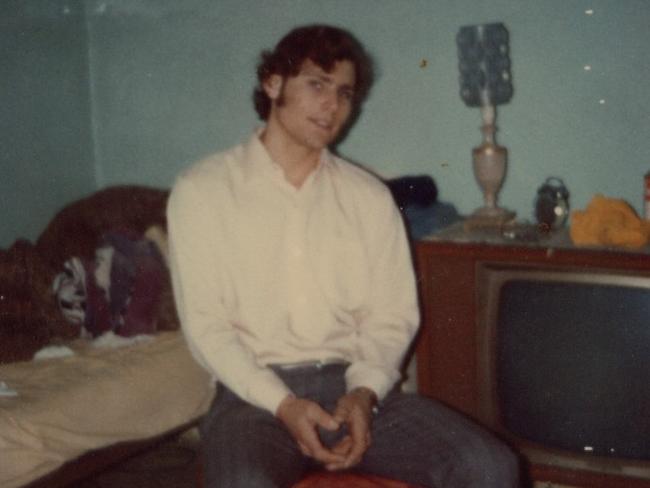
ONE OR TWO GUNMEN?
THE first, and possibly the most persuasive argument that there were two gunmen, is that two guns were used to shoot the officers.
If Roberts’s plea of innocence is to be believed, two guns were used by Debs. Roberts says Debs pulled one gun from a hip holster, the other from a shoulder holster. A .357 Magnum, Debs’s favourite, was emptied, striking both Sgt Silk and Sen-Constable Miller after they pulled over the Hyundai.
One shot and a misfire was discharged from a .38 revolver, hitting Sgt Silk in the chest.
Sen-Constable Miller returned fire and escaped with a gunshot wound to which he would succumb hours later. Roberts, whether he was at the Silk-Miller crime scene or not, was involved in attempting to conceal evidence of the murder — helping Debs repair the damage to his girlfriend’s Hyundai caused during the gunfight.
There was other evidence — most significantly the “dying declaration” of Sen-Constable Miller — that put multiple offenders at the crime scene. Doubt surrounds the authenticity of this evidence.
It is now the subject of an anti-corruption (IBAC) investigation about whether police doctored at least one statement to solidify their case of multiple gunmen.
It was backed by thousands of hours of covert police recordings, which were critical to the prosecution that Debs and Roberts were a team.

These were dangerous men, but Debs was clearly the leader. Debs was covertly recorded making the equivalent of a confession to his adopted father, Malik, about his involvement in the police murders — but strikingly, at one point, he confesses it in the presence of Roberts but does not refer to him being there.
A 2013 police report obtained by the Herald Sun states: “Nowhere in the Crown case is there any admission made by Roberts.”
In 1999, shattered glass fragments from the Hyundai led investigators to Debs and Roberts. A nine-month police bugging campaign captured conversations between the Debs family, and Roberts, from November 1999 until August 2000. Some were evil — especially a conversation capturing Debs speaking to one of his three daughters about killing two more police in an effort to confuse the investigation. Roberts was not part of these conversations.
Bugs also captured Debs considering killing Roberts.
The crude conversations depicted a hatred for police.
Roberts’s most damning utterance, which is almost inaudible, is “I kill Ds” or possibly, “I’ll kill Ds”. In context, Roberts had been talking with Debs about a man he knows named Darren. Regardless, he was in the boat with Debs. Evidence against Debs counted against him, too. Roberts’ appeals all the way to the High Court were dismissed following his conviction.

OPERATION RAINMAKER
IT would be 11 years after his conviction, still pleading his innocence, that Roberts’ fortunes changed. A clandestine police operation codenamed Rainmaker was set up to probe Roberts’ claims at the direction of the Director of Public Prosecutions.
Veteran homicide detective Ron Iddles, hand-picked to lead Rainmaker, would later come under scrutiny from within the force for casting doubt on Roberts’ conviction — with allegations he had divulged police information without authority.
In his 2013 Rainmaker report, he stated it was a matter for the judicial system to set the record straight. That advice five years later is now a reality. In an affidavit, he would also state that on the basis of probability, Roberts was not at the crime scene.
In his 2013 statement, Roberts confessed to committing the 10 armed robberies prior to the murders. He also admitted to being an accessory to the murders. But he maintained he was at the Debs’s Narre Warren home with his girlfriend when the fatal shots were fired — as he told the original Silk-Miller investigators in July 2000.
THE INTERVIEW
ALMOST two years after the murders, the Lorimer taskforce swooped.
During the July 2000 arrests of Debs and Roberts, Special Operations Group members dealt out some “summary justice”.
Last year the Herald Sun was told that during the trip to police headquarters, Roberts confessed to killing officers Silk and Miller as he was set upon in the back of the unmarked police van.
But for reasons unexplained, this critical admission to a double police murder was not passed on to Lorimer detectives for them to put on record during his interview hours later.
What Lorimer police did do, however, was charge Debs and release Roberts after he denied any knowledge of committing any crimes. But during this interview, he made a telling comment, implying Debs was not at home at the time of the Silk-Miller murders.

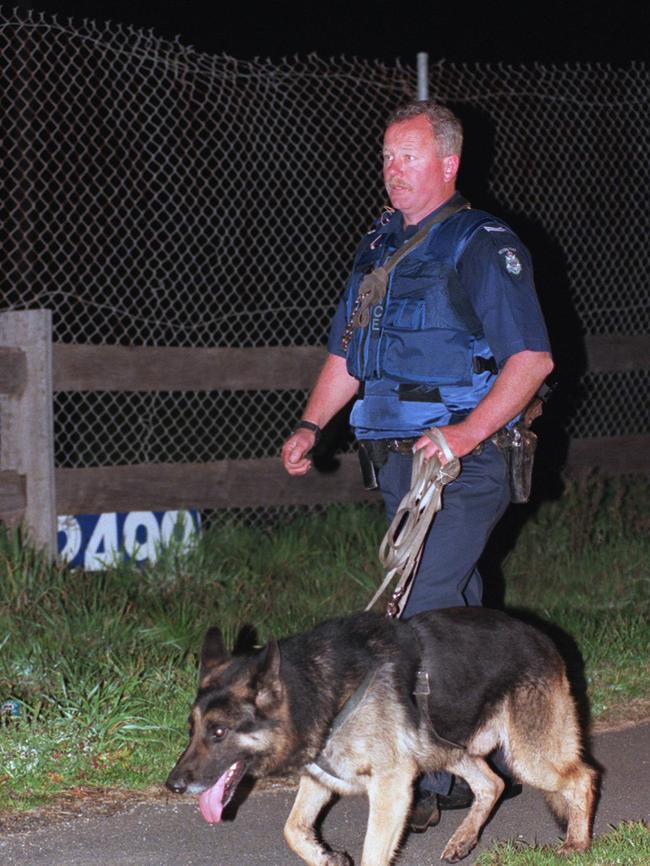
THE STATEMENTS
THE statements of three officers — Glenn Pullin, Colin Clarke and Helen Poke — were critical to putting two offenders at the crime scene. The “dying declaration” of Sen-Constable Miller, testified to by police who found him is at the centre of an anti-corruption investigation.
It was pivotal to Roberts’s conviction. Although police gave differing accounts, it was stated by officer Clarke that Miller told Sen-Constable Pullin as he held him: “They were on foot.” Officer Clarke while giving testimony at trial went further, testifying Miller had said the words: “Two … one on foot.” Sen-Constable Pullin, however, made no mention of offenders, or multiple offenders, in a statement taken from him on the morning of the shootings. But that statement was buried.
That is now the subject of a second anti-corruption probe by IBAC, after a ham-fisted first attempt to uncover whether Sen-Constable Pullin had, in fact, made two statements.
The second statement which replaced the original — doctored to make it appear as the original made at 4.25 on the morning of the murders — was found by the Herald Sun. Significantly, words had been added to Sen-Constable Pullin’s original.
The added words matched Clarke’s recollection of what Miller had said: “They were on foot”. Other added paragraphs detailed how officers had asked similar questions.
In 2015, Sen-Constable Pullin had admitted to Sen-Sgt Iddles — by then in charge of the police union — to being pressured by a Lorimer detective to make the second statement. He also told him, in effect, he had made it up.
He bent to what Lorimer wanted him to say, but asked for peace of mind: “Are you sure you’ve got the right two?”
IBAC held “Star Chamber” interviews with several officers who made statements and another who compiled the Lorimer brief of evidence in the following months.
Although their evidence didn’t stack up, the IBAC probe was dropped when the retired Pullin, in a final interview, said he’d lied about the whole thing to Sen-Sgt Iddles.
It appeared over.
But then the buried statement emerged, the original statement Pullin had confessed to making. IBAC immediately relaunched the case and is understood to be conducting private interviews.
The credibility of other important statements are also in doubt — including whether officer Miller had said they were on foot, “two of them, one on foot, checked shirt, dark Hyundai”. So why is this case going back to court? The fact is that the case against Roberts was circumstantial.
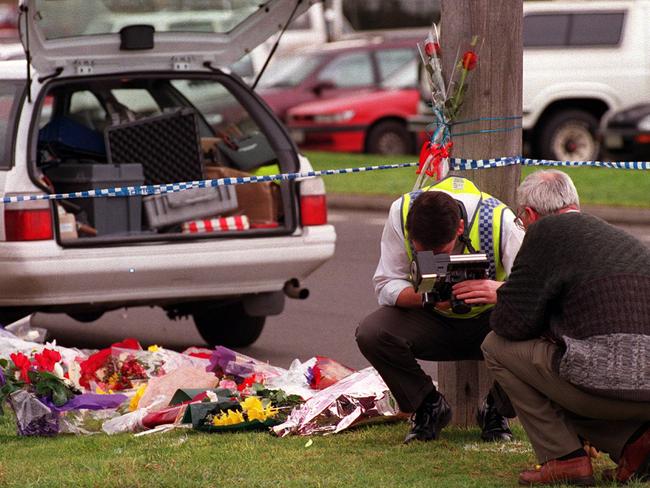
THE ALIBI
ROBERTS told police he was at home at the time of the murders, but his alibi was never tested in court.
Attorney-General Martin Pakula has referred this part of the evidence back to the Trial Division of the Supreme Court. But it has taken many twists and turns to get there.
In 2009, Roberts attempted to get police to re-open his case, but his plea was ignored by then Chief Commissioner Simon Overland.
Three years later Roberts’ lawyers got the attention of the Director of Public Prosecutions, John Champion.
Roberts, apparently because he feared Debs, had not allowed his lawyers to use exculpatory material in his defence, including those captured on police bugs, which went to his potential innocence. The criminal was also offering to divulge information on other unsolved murders committed by Debs.
In a detailed statement to homicide detectives, Roberts would describe going to a Cranbourne restaurant on August 15, 1998, and staying at the Debs house in Narre Warren to organise his 18th birthday party with girlfriend Nicole and other family members. It would state that Debs tried to coax him into committing an armed robbery that night, but he claims he refused before going to bed with Nicole. Of course, Roberts has every reason to lie as a jailed-for-life prisoner.
By 2013, it had been at least five years since Nicole Debs and Roberts had broken contact. She wasn’t easy to find, but one inquisitive detective found her through a parking ticket. Nicole Debs’s life had changed.
After years living with the convictions of her father and ex-boyfriend, she chose a new life. But what stunned all, including Roberts, was her frank admissions during a taped police interview in 2013.
In short, it amounted to telling Sen-Sgt Iddles her father was guilty of killing the police officers but Roberts had not left her side that night.
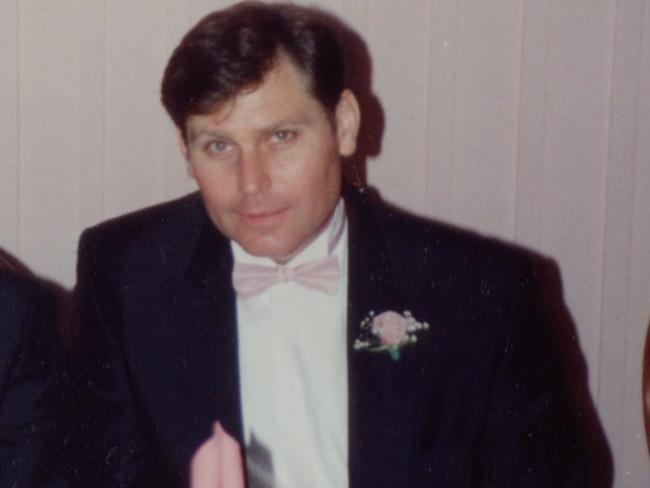
DEBS: I WAS ALONE
BANDALI Debs is a serial killer. He is convicted of killing Sgt Silk and Sen-Constable Miller and, would later be found to have killed two women beforehand. The women, both sex workers, were killed for no reason.
When he was visited at Goulburn Prison by Sen-Sgt Iddles in 2013, he had nothing to say. But he has since made two admissions.
In June last year, a solicitor visited Debs at the NSW maximum security prison and put to him whether Roberts was telling the truth about his alibi — that he was with his daughter in Narre Warren when Debs murdered the officers. He told the lawyer Roberts was telling the truth. An affidavit was included in Roberts’ second petition for mercy by the solicitor to the state Attorney-General about the admission.
The truthfulness of it can only be tested in a court.
RELATED FEATURES
VICTORIA POLICE RENEW CALLS TO FIND FUGITIVES
TORMENTED LETTER WRITER COULD SOLVE MURDER
